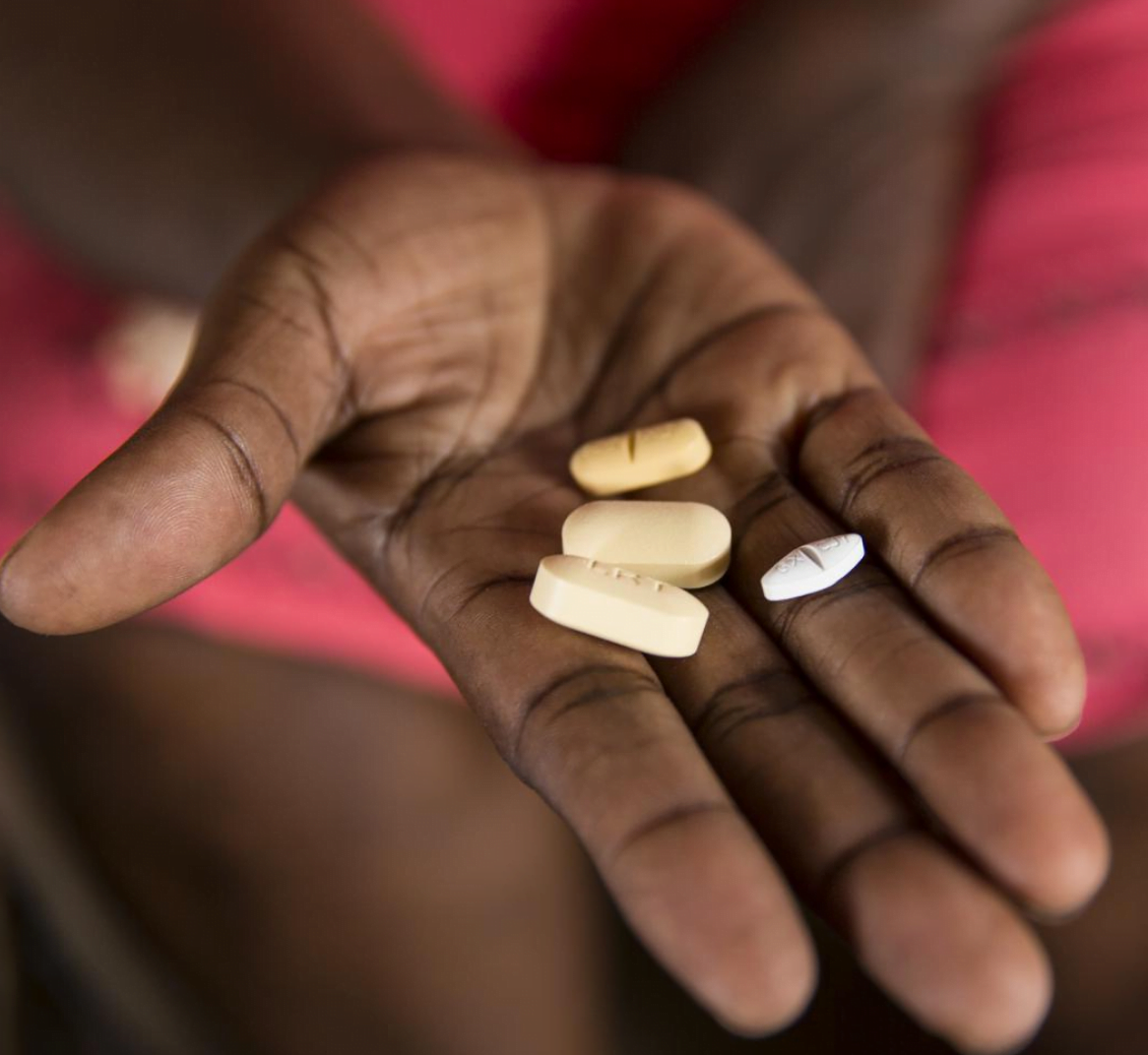The Global Fund needs to replenish its reserves in order to fill its mission of fighting the world’s three top diseases.
The Global Fund is essentially a collective pool of money that supports governments, NGOs and other institutions in their effort to to fight AIDS, Tuberculosis and Malaria. It was created in 2002, with key leadership provided by the George W. Bush White House. Back then, stopping the spread of HIV/AIDS appeared to be impossible. TB rates were skyrocketing, and Malaria was a persistent disease burden for hundreds of millions of people.
Seventeen years later, the death and illness rates from these three diseases are sharply lower, thanks in large part to investments made by the Global Fund. Some 27 million lives have been saved since 2002.
The Global Fund has an impressive track record of saving lives.






Now, the Global Fund is Seeking $14 billion to accelerate this progress.
Every three years, the Global Fund needs to fundraise. This is called the Global Fund’s “replenishment.” France is hosting this round’s replenishment conference, which is intended to fund The Fund through 2021. In all, the Global Fund seeks $14 billion for the next three years. This represents a 15% increase over current funding levels.
The difference between meeting this funding level and underfunding this level can be measured in missed opportunities to save lives and prevent disease.






Those projections come from a Global Fund document making the case for replenishment. To get on track with those red lines requires increasing total spending to fight these diseases from $66 billion in the current cycle to $83 billion by 2023. Domestic funding from the countries impacted by these disease will account for most of that money, but donors still have a key role to play.
That is where the Global Fund comes in.
The United States is the single largest donor to the Global Fund. During the last replenishment round in 2016, the United States committed $4.5 billion. This time around, US participation in the Global Fund Replenishment is equally key. For the Global Fund to reach its replenishment target, the United States will need to continue its high level of engagement.
Reaching those funding goals means ridding the world of these three terrible diseases, and set against that goal $14 billion does not seem like an unreasonable sum.
